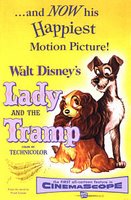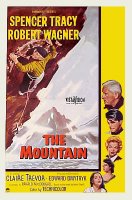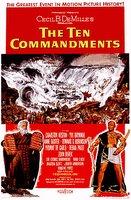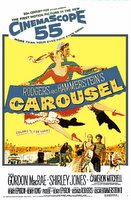

No sooner than 20th Century-Fox announced the specifications for CinemaScope, Paramount Pictures pointed out lots of shortcomings and announced their new widescreen system, VistaVision. Both studios made dramatic claims about their systems. Which system was actually the superior one was difficult to decide.
Here is some gallery of Two big widescreen giant.

Cinemascope was 20th Century Fox's answer to Cinerama and debuted on September 16, 1953 with the Robe. The anamorphic principle is as follows: a cylindrical lens over a normal spherical lens squeezes a 2X horizontal picture onto a standard 35mm frame. When projecting through a complimentary lens, this produces a wide picture ratio of 2.55 to 1. with 4-track magnetic sound, or 2.35 to 1 with optical sound. (The original CinemaScope used a ratio of 2.66 to 1).

Vistavision :Paramount Pictures was the only major studio in the U.S. that didn't immediately embrace CinemaScope for use on its major productions. The studio preferred to stick with an aspect ratio of 1.66:1 but sought ways to improve overall picture clarity and definition on ever increasing screen sizes. John R. Bishop, head of Paramount's camera and film processing departments acquired a William Fox "Natural Color" camera built in the late 1920's by the William P. Stein company. This camera exposed two frames of film at the same time through color filters. Bishop cut out the separation between the two frames, rolled the camera over on its side and fitted it with Leica 35mm still camera lenses. This camera, dubbed the "Lazy-8" because it pulled the film across horizontally in 8 perforation frames, provided a total negative area 2.66 times greater than the conventional 35mm camera with a 1.66:1 aspect ratio.










No comments:
Post a Comment